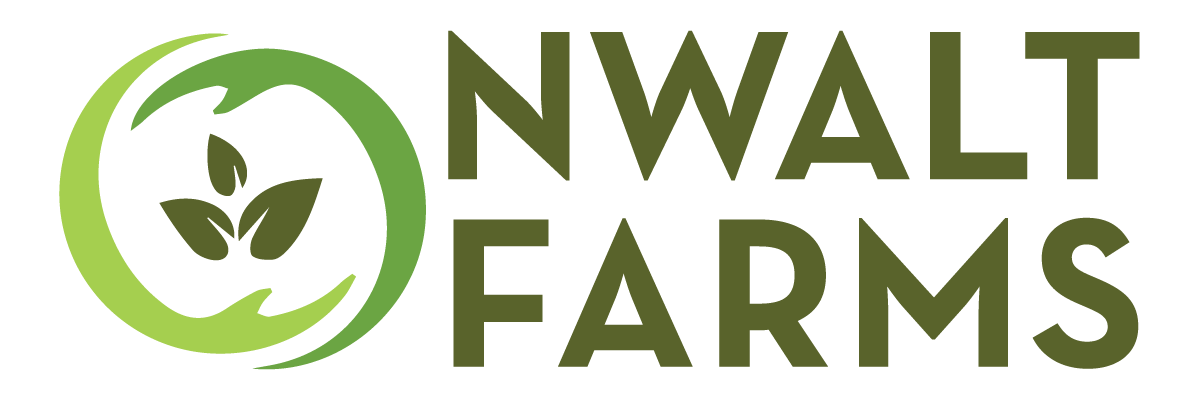In 2015, I left my job in private practice as an attorney to get a masters of law in food and agriculture law and policy from the University of Arkansas, School of Law. A few months after making the transition, I signed up for a farm tour hosted by the local food co-op. Most of the operations featured small-scale veggie production with some pastured eggs, but as a city kid who grew up wanting to be a cowgirl, the last stop on the tour was the one I was most eager to see.
Located 20 miles west of Fayetteville, Ozark Pasture Beef (OPB) raises grass-fed beef and lamb, direct marketing to restaurants and consumers. I was eager to learn about how to raise livestock and run a farm business from the powerhouse duo that runs the operation, Ann Wells and Ron Morrow. Wells is a veterinarian who has worked in various capacities before starting OPB in 2001. She speaks at countless events and conferences and is a champion of using nutrition to promote animal health. Morrow has a doctorate in genetics and taught many courses including beef cattle management at various universities. He also served as the Arkansas state grazing lands specialist for eight years and is an active speaker on rotational grazing. Needless to say, I am extremely lucky to have learned everything I know about farming from these generous and supportive mentors.
I spent the next year working at the farm as often as I could. After finishing my masters, I purchased a small herd of meat goats to help clear some overgrown areas on the farm and continued to learn as much as I could. I also teach agricultural law classes as an adjunct professor at the University of Arkansas and became as active as I could in the farming community. Eventually, I reached a point where I was ready to take arguably the ultimate plunge as a beginning farmer – buying my own farm.
Having two experienced farmers to guide me through the process made all the difference.
“I always like to ask someone getting into farming what they are interested in raising and why? If someone knows what they want to raise, then they need to get good advice on how much land they need for that species. Many people think 5 acres is big acreage and that it will be enough to raise sheep and goats – some even think they can raise cattle on f5 acres and still make money,” says Wells. “I also always caution new farmers against starting out with too many species of livestock. Almost all of them later say they wish they’d started with one.”
SETTING REALISTIC EXPECTATIONS
As a beginning farmer, I spent most of 2017 shopping for my first farm.
In spring of 2018, I met with a Farm Credit agent to figure out what I could afford. Some people prefer to start shopping before they obtain preapproval, but this can lead to heartbreak and a lot of wasted effort. Sellers also tend to take you more seriously if you have a preapproval letter in hand. Before I met with Farm Credit, I made a very classic first-time-buyer mistake – I spent several hours combing the real estate sites salivating over gorgeous properties with tip-top fencing, palatial houses, and plenty of pasture. And, of course, 80 acres was the minimum acreage I was willing to consider.
Once I completed the approval process, it was sobering to see the size and type of farm that I could realistically afford. Most properties in my budget were raw land without fence or a place to live, and the places that hit close to 80 acres were at least 40 minutes from town where I work daily. My search filters changed quickly.
Over the next few months, I looked at every piece of farmland I could find that seemed remotely viable. I made sure to run each one by Wells and Morrow, and to bring at least one of them with me to a showing. Bringing a neutral party with solid farming experience and no financial stake in the game can help keep you grounded because it’s easy to fall in love with a farm after the first showing.
Viewing as many farms as possible was a tedious process, but in hindsight the more farms I explored the more I learned just how many factors you need to assess in determining whether that piece of land will work for you. My mentors’ input was invaluable during this process, especially when it came to which factors I should evaluate.
“When buying a farm, you need to evaluate its resources: soil, forages, and how they’ve been managed,” explains Morrow. “Taking the topography of the land into account is also important, such as the amount of open pasture vs. wooded acreage. Soil health and fertility are of the utmost importance.”
Unlike buying a residential home on a quarter-acre lot in a suburb, farmland comes with exponentially more considerations and potential obstacles. Here are six examples.
1. How much will it cost to connect utilities? Is it even possible to get them connected? I spent a few weeks investigating one property only to learn that a northern neighbor refused to allow the water authority to place a pipeline across his property, leaving parcels to the south without the option of county water. I scratched that one off the list immediately.
2. Does it have the right infrastructure or any infrastructure? Although you can always add things to a farm over time, I realized that most of my budget would be gobbled up by the land purchase. I started to ask my realtor whether a property had barns, outbuildings, corrals, water systems or ponds before even driving out to view it. Properties that lacked any of these infrastructure items were soon crossed off my list.
3. What kind of fencing will I need? Can I even afford to invest in fencing after closing? Most of the properties consisting of raw land lacked even a single fencepost, while the developed properties either had fences in poor condition or only intermittent fencing that needed a lot of updates. And with goats in the picture, I soon realized that I’d likely need to invest in repairing or modifying fence for any property I purchased.
4. How far away from a town am I willing to live? Although I am proud of the fact that I will purchase and operate my first farm as a single woman, it comes with some downsides. Some folks may be comfortable with the idea of commuting to and from town for work – or simply to buy groceries – but I realized after visiting many properties far outside of town that perhaps I wasn’t ready to be that isolated. Of course, the farther from town a property is located the less expensive it tends to be. As I narrowed my filters to show me properties within a 20-minute drive of town, I was shocked to see how little land I could now afford.
5. How much land can I handle, anyway? The entire process of searching for my first farm has been eye-opening, but this was the hardest slice of humble pie I had to swallow. It’s one thing to daydream about owning 80 acres of land with three species of livestock, but I began to wonder whether or not I could manage it in addition to working full-time. Would I be biting off more than I could chew at this stage in my life and as a beginning farmer?
6. Will I be able to run a profitable farm business? Not all farms turn a profit in the first few years, but one of my goals is to have the farm business at least pay for the mortgage. Although some farms had a lot of potential, they didn’t allow me to turn a profit without major infrastructure investments. Morrow and Wells encouraged me to create a business plan, and I soon realized I needed something that would allow me to start running livestock within six months or less of closing.
After a few months into the search process, I had developed a long list of questions like this to help me assess a property before I got swept away by a gorgeous farmhouse or sunset view. The list of questions acted as a neutral guide to keep me on track – and within budget. It wasn’t easy, of course, realizing that I had to forgo the properties I initially liked best when they couldn’t pass my list of questions. However, it left me with a list of farms that were the best possible matches for my budget and criteria. Also, without spending three years working at the type of operation that I ultimately wanted to run on my own farm, I would have had a hard time understanding these criteria or creating a business plan.
A few weeks ago, I caught myself pausing on a listing I’d ignored many times before. It was 24 acres, which was small by my standards, and mostly woods. The house was gorgeous, but the idea of only being able to run goats and a few head of cattle was a big turnoff. After all, if I don’t have 80 acres and run at least 50 head of cattle, could I even call myself a livestock person? Certainly, it would be settling to purchase a measly 24 acres and only run goats, I told myself. I want more.
What I realized after my realtor insisted that we view it and some long, hard conversations with my mentors – and, more importantly, myself – is that this wasn’t even close to the farm that I wanted, but it was exactly the farm that I needed at this stage of my farming career. The next time I visited the 24-acre wooded property, I stopped looking at all the reasons it wasn’t what I wanted and instead considered all the ways I could transform it over the next five to 10 years. It already has a few acres of pasture and what’s better for clearing woods than goats?
As thrilling as it is to fantasize about your first farm purchase, it’s important to stay grounded and to have realistic expectations. The most important thing I’ve learned along the journey of buying my first farm is that it certainly won’t be my last. After all, the thing I love most about farming is that it’s not an endeavor that allows one to ever truly arrive. There’s always going to be another opportunity and another challenge, another hard lesson learned, and another milestone made. More importantly, there’s always going to be another farm.
https://www.agriculture.com/farm-management/farm-land/are-you-ready-to-buy-a-farm



